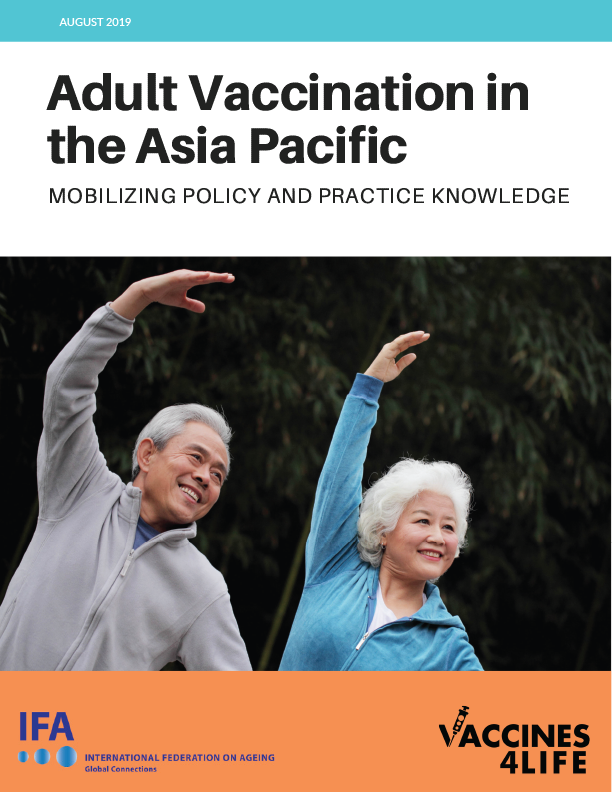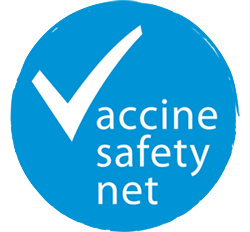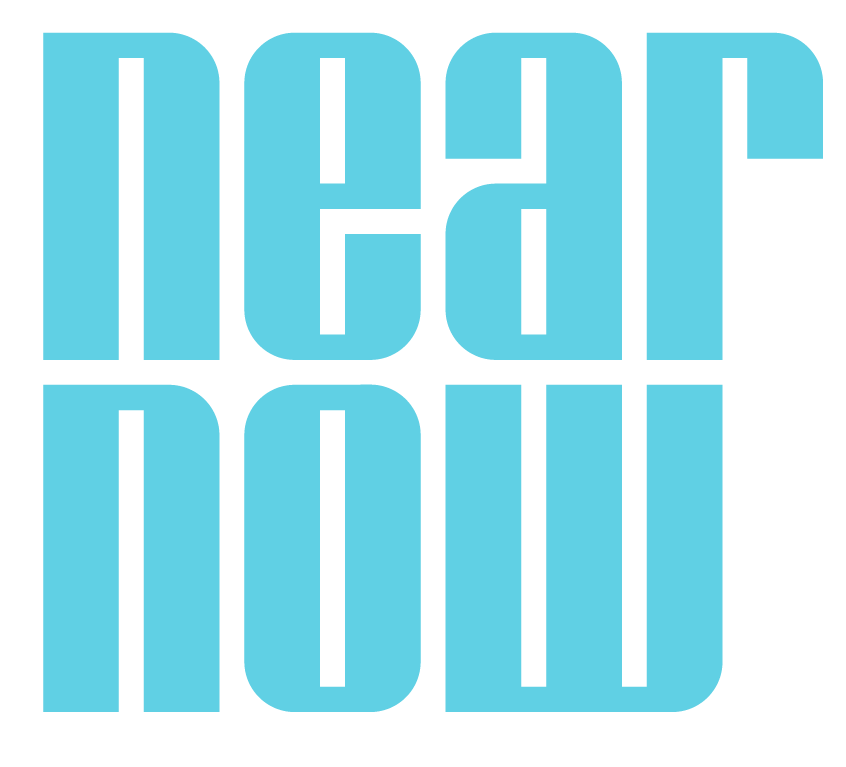Addressing Barriers

1. Access
Removing barriers to access vaccination such as cost and reimbursement as well as complex vaccination pathways are critical to ensuring people of all ages are protected and no one is left behind. Expanding the infrastructure for immunization beyond infancy may require the development of different pathways for immunization including pharmacists and nurses as vaccinators, as well as enabling pharmacists to vaccinate beyond influenza.Fragmented health and social care can also impact the ability to access vaccines. Competing medical appointments and treatments, diminished resilience, and for many older people, dependency on family or friends for transport to these appointments due to mobility limitations can contribute to poor access and therein low rates of adult vaccination.
2. Knowledge
Lack of knowledge and awareness surrounding adult vaccination among older people as well as health care providers are key barriers to improving vaccination uptake rates. A number of converging factors are to blame, including the common misconception that the vaccines can cause illness; feelings of invincibility; the idea that diseases such as influenza are not serious or a concern; lack of education on the importance of adult vaccination; and poor awareness of the preventative value of health workers being vaccinated as a method for patient protection.18
It is important to note that, as with any medical procedure, immunization poses some risks, which may contribute to an individuals’ decision to not be vaccinated. However when considering immunization, both the risks and the benefits must be discussed, with an abundance of research indicating the benefits outweigh the risks.19
3. Data
Monitoring adult vaccination is a challenge. The lack of universal health records or vaccination registers to track the uptake rates of adult vaccination limits the development of good public health policy, but also leads to a gross underestimation of the problems and consequences of low adult vaccination rates on the individual and society.20 Fragmented vaccine registers that do not communicate between different health care systems and providers can cause additional barriers, further highlighting need for integrated, accurate, up-to-date vaccination registers.21
Last revision: 5 October 2020
18Sundaram, N., Duckett, K., Yung, C. F., Thoon, K. C., Sidharta, S., Venkatachalam, I., & Yoong, J. (2018). “I wouldn’t really believe statistics”–Challenges with influenza vaccine acceptance among healthcare workers in Singapore. Vaccine, 36(15), 1996-2004
19Immunize Canada, 2020. Questions and Answers. Retrieved from https://immunize.ca/questions-and-answers
20MacIntyre, C. R. (2013). Elderly vaccination—The glass is half full. Health, 5(12), 80.
21Johnson, D. R., Nichol, K. L., & Lipczynski, K. (2008). Barriers to adult immunization. The American journal of medicine, 121(7), S28-S35.








